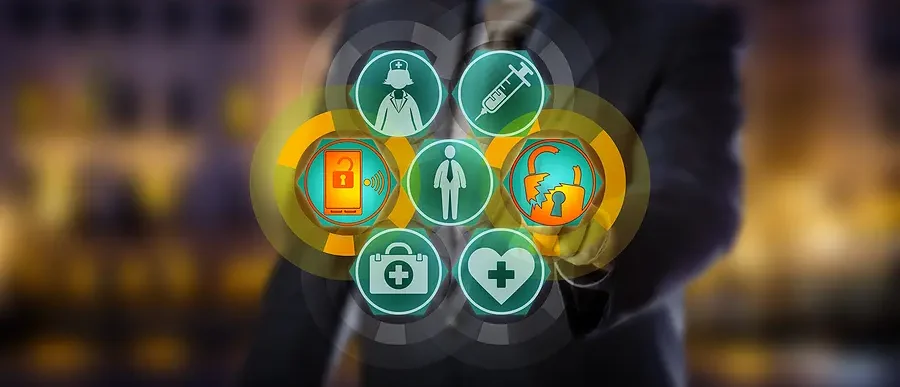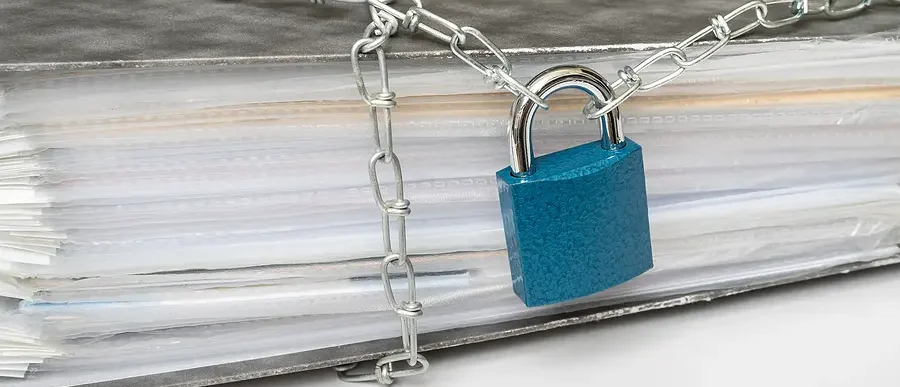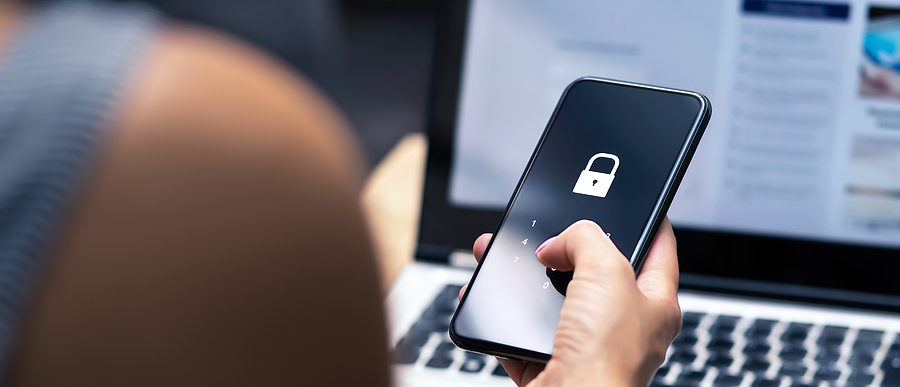
Protecting your personal information online is your responsibility alone. Unfortunately, bad actors attempt to gather private data directly from you as well as through large companies that store your information. The internet connects us quickly and efficiently, meaning your personal data can be stolen and passed along without you knowing. However, there are measures that you are able to take to protect yourself and lock down your digital presence. Learn how to protect personal information online today with Shred Nations.
Online Privacy Protection Measures
Protecting your privacy is up to you, both online and off. Here are some strategies that you can use to improve the security of your online presence. Remember to be skeptical of services that claim to protect your identity–these can end up being phishing scams.
- Regularly update software. Most software updates increase the security of your device. By staying on top of software updates you can make it more difficult to install malware on a piece of electronic equipment.
- Create strong, unique passwords. Use different, complex passwords for every site. Alongside this, enable two factor authentication. This means that a site will need a secondary way to ensure that it is really you attempting to login or change account information.
- Remain cautious with suspicious links, text messages, and emails. Many scammers send out false links or pretend to be someone they are not. If you are unsure who is messaging you, or something doesn’t feel right, don’t trust it.
- Review privacy settings. Various accounts can hold a lot of information about you. You are able to limit the amount of information displayed on your profiles and accounts. Check on them to ensure that your personal details are not available to anyone but you.
- Monitor personal accounts. Regularly check bank statements, online accounts, and credit reports for suspicious activity. Report any unauthorized transactions or posts immediately.
- Be selective about sharing. Keep details about yourself limited when creating online accounts. Think before posting photos of your home, school, important documents, and other identifying information.
- Use secure networks. Public Wi-Fi networks are not secure. When using them, do not access private information. If you need to regularly join public networks, using a VPN service can further protect your device. Protecting your personal Wi-Fi network with a unique password is also critical to your privacy.
- Shop on reputable websites. Not all websites are secure. Before purchasing something online or giving away private information, check to ensure that the site is trusted.
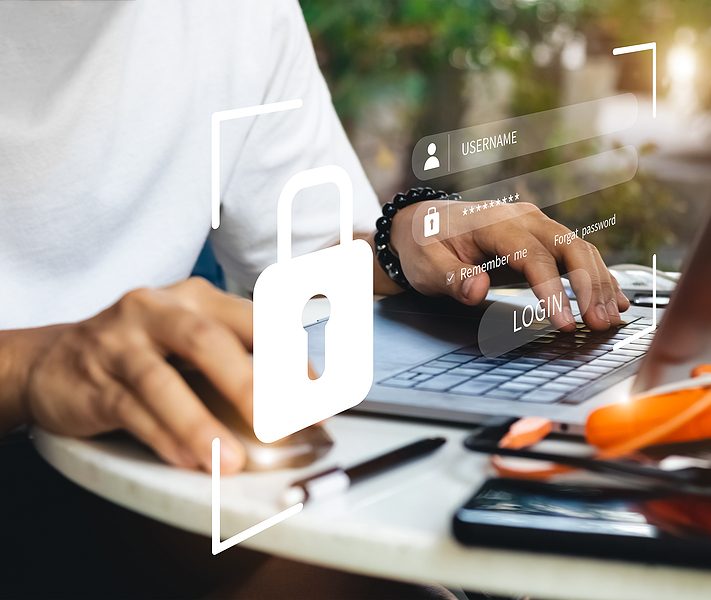
Protecting Others Online
Information leaks and scams are, unfortunately, common. One way you can protect your community is to continue to educate yourself and those around you about the risks of being online. Remember that anyone can fall victim to identity theft and scams, and it is important to report suspicious behavior, phishing, and identity theft. Children and the elderly are vulnerable targets for scams; by educating these groups about the benefits and consequences of being connected online, we can become safer overall. Children are not automatically versed in digital literacy. It is crucial to teach them about suspicious activity, keeping information private, and ways to spot scams.
Digital Protection for Businesses
Businesses hold large amounts of data about their customers and employees, making them a target for scammers. There are protection measures that companies can put in place to protect this information, including training, policies, and increased security. Employee training is crucial to company privacy. Discuss with employees the importance of cybersecurity training for employees to raise awareness about common cyber threats, such as phishing attacks, malware, and social engineering. One way to reinforce this education is to send out test phishing emails to ensure that employees are not clicking on suspicious links and report suspicious activity properly. Creating a response sequence to handle security incidents is a critical aspect of planning your digital protection system. Provide guidance on creating incident response teams, defining roles and responsibilities, and implementing procedures for detecting, containing, and mitigating security incidents.
Before implementing a plan, explore the regulatory landscape governing data privacy and security, such as the General Data Protection Regulation (GDPR), the California Consumer Privacy Act (CCPA), and industry-specific regulations like the Health Insurance Portability and Accountability Act (HIPAA). Compliance with regulatory requirements is important, and the potential consequences of non-compliance can be great.
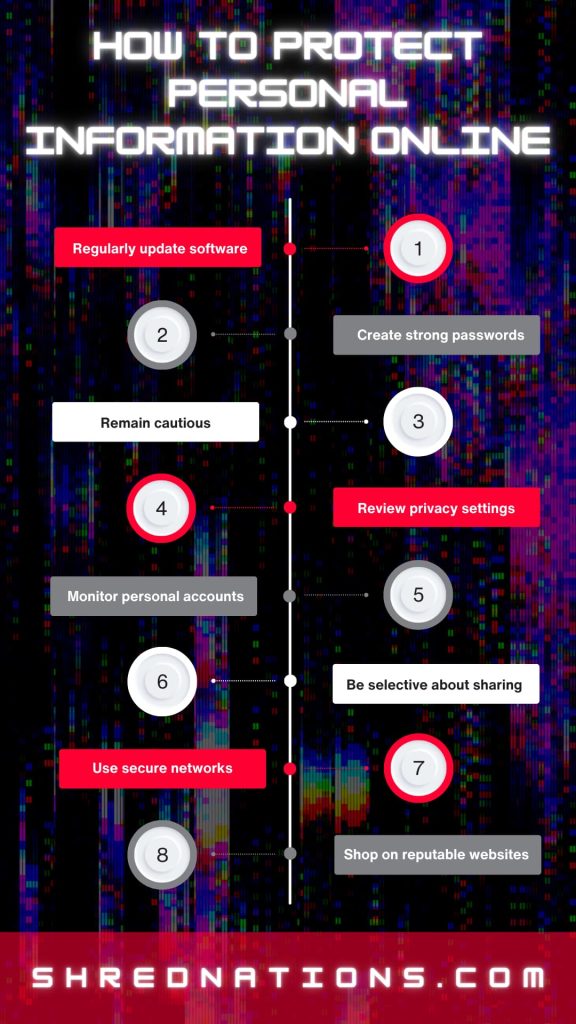
Solutions with Shred Nations
Shred Nations takes your security seriously. When you work with us, we keep your information private. Customers have been trusting us with maintaining their privacy for more than two decades! Learn about protecting your digital and paper footprints when you call today for free custom quotes. We can help you figure out how to best protect your personal information online alongside multiple other services like shredding, scanning, electronics destruction, and more! Contact our team by calling (800) 747-3365 or filling out the form.







